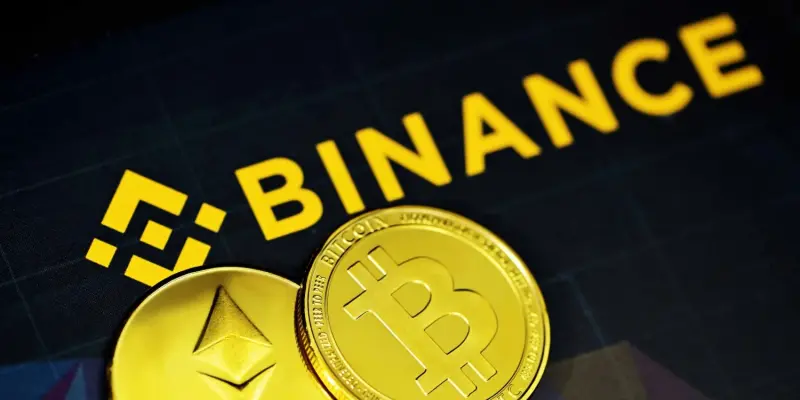Binance, a leading cryptocurrency exchange, plans to temporarily suspend deposits and withdrawals for certain token networks on May 7. This move is designed to accommodate the Ethereum network’s upcoming upgrade and hard fork. Such suspensions are not uncommon when blockchain networks undergo significant upgrades, as they often involve complex technical processes. The affected networks include Ethereum-based tokens and others, such as Arbitrum, Optimism, zkSync Era, Base, and Manta Network. While trading services will remain active, users will temporarily experience restricted access to deposit and withdrawal functionalities within these networks. Binance has implemented this measure to ensure seamless integration of the upgrade, allowing for prompt technical support and minimal disruption.
Hard forks are pivotal moments in blockchain ecosystems, typically introducing changes that enhance network capabilities and address vulnerabilities. They can result in the creation of a separate blockchain when consensus among nodes is not met. Binance’s proactive approach mirrors a broader trend among exchanges to prioritize user experience and network integrity during upgrades. Temporarily disabling transactions is a strategy aimed at ensuring security and efficiency. The exchange has previously executed similar strategies with other network updates, exemplifying a consistent methodology. Users witnessing these adaptations might find reassurance in knowing that Binance is dedicated to preventing potential issues and stabilizing operations swiftly post-upgrade.
Implications of the Ethereum Upgrade
Ethereum network upgrades are significant events that aim to improve the blockchain’s functionality by optimizing its protocol and security measures. They often involve the introduction of new features or the refinement of existing structures to enhance performance and scalability. The forthcoming upgrade represents the next step in Ethereum’s evolution, creating ripple effects across associated platforms such as Binance. The temporary suspension of deposits and withdrawals is an essential measure to facilitate these technical advancements, providing Binance with the opportunity to ensure operational compatibility and resilience during the transition.
The implications of this suspension extend to users, who must adjust their expectations and strategies accordingly. Traders usually adapt quickly to such periods of inactivity; however, the inability to move funds can affect trading strategies that rely on swift asset transfers. The broader crypto community often takes similar events into consideration while planning market activities. For users, understanding the timing and reason behind these decisions is critical. It’s essential to view this temporary pause as an opportunity for the network to enhance functionality and security. This insight can aid users in better aligning their investment decisions with long-term network advancements.
Ensuring Seamless Transition
Binance’s operational strategy in handling Ethereum’s upgrade highlights a meticulous approach to minimizing user disruptions. By temporarily suspending deposits and withdrawals, Binance positions itself to effectively manage potential hiccups during the upgrade process. This decision underscores the commitment to providing stability and continued service availability during critical network developments. Once the upgrade achieves a reliable threshold, functionalities are poised to resume automatically, reinforcing user confidence in Binance’s infrastructure. Past instances where Binance has handled network changes further cement its capability to navigate complexities inherent in blockchain upgrades. Users can draw assurance from these precedents, trusting that Binance’s technical teams are equipped to handle intricate code modifications and potential challenges. While immediate impacts such as delayed transactions pose inconvenience, the overarching benefits of enhanced security and efficiency offer long-term advantages. The decision to temporarily suspend certain functionalities aligns with a broader consensus among exchanges that prioritize user experience and operational integrity. By ensuring a seamless transition, Binance exemplifies industry best practices in fostering secure and robust trading environments.
Considerations for Future Developments
Binance, a leading cryptocurrency exchange, plans a temporary halt on deposits and withdrawals for select token networks starting May 7. This decision is made to prepare for Ethereum’s upcoming upgrade and hard fork. Such suspensions are standard practice during major blockchain upgrades, as these updates often involve intricate technical changes. The networks facing temporary suspensions include Ethereum-based tokens and others like Arbitrum, Optimism, zkSync Era, Base, and Manta Network. Binance will continue trading services, but users will see limited deposit and withdrawal capabilities within these networks. The aim is to ensure smooth integration of the upgrade, providing quick technical support while minimizing disruptions. Hard forks are significant in blockchain ecosystems, often improving network functions or addressing vulnerabilities. When nodes disagree, these could create a separate blockchain. Binance’s strategy reflects a wider industry trend to prioritize user experience and network integrity during such upgrades. This temporary suspension is essential for security and efficiency.

